Characteristics of the motor of the Malyutka washing machine
 Looking at the compact and simple in design Malyutka washing machine, it is difficult to believe that there is a very powerful engine inside it. The manufacturer managed to equip it with a rather large motor, which even had to be placed in a separate housing. But large size is not its only feature. This motor is also known for its highest reliability, as it can serve for many years without accidents. We invite you to take a closer look at the characteristics of the Malyutka washing machine engine and evaluate its advantages and potential.
Looking at the compact and simple in design Malyutka washing machine, it is difficult to believe that there is a very powerful engine inside it. The manufacturer managed to equip it with a rather large motor, which even had to be placed in a separate housing. But large size is not its only feature. This motor is also known for its highest reliability, as it can serve for many years without accidents. We invite you to take a closer look at the characteristics of the Malyutka washing machine engine and evaluate its advantages and potential.
Engine Specifications
The vast majority of Malyutka washing machines were equipped with KD 120 electric motors. This is a single-phase capacitor asynchronous motor with two poles and a rated power of 120 W. This device is perfect for driving activators of household washing machines and centrifuges.
The main technical characteristics of KD 120 are as follows:
- supply voltage at input and output – 220V and 115V;
- current frequency – 50-60 Hz;
- rotation speed – 2650-3270 rpm;
- current consumption – from 1.2A;
- rated torque – 0.43 Nm;
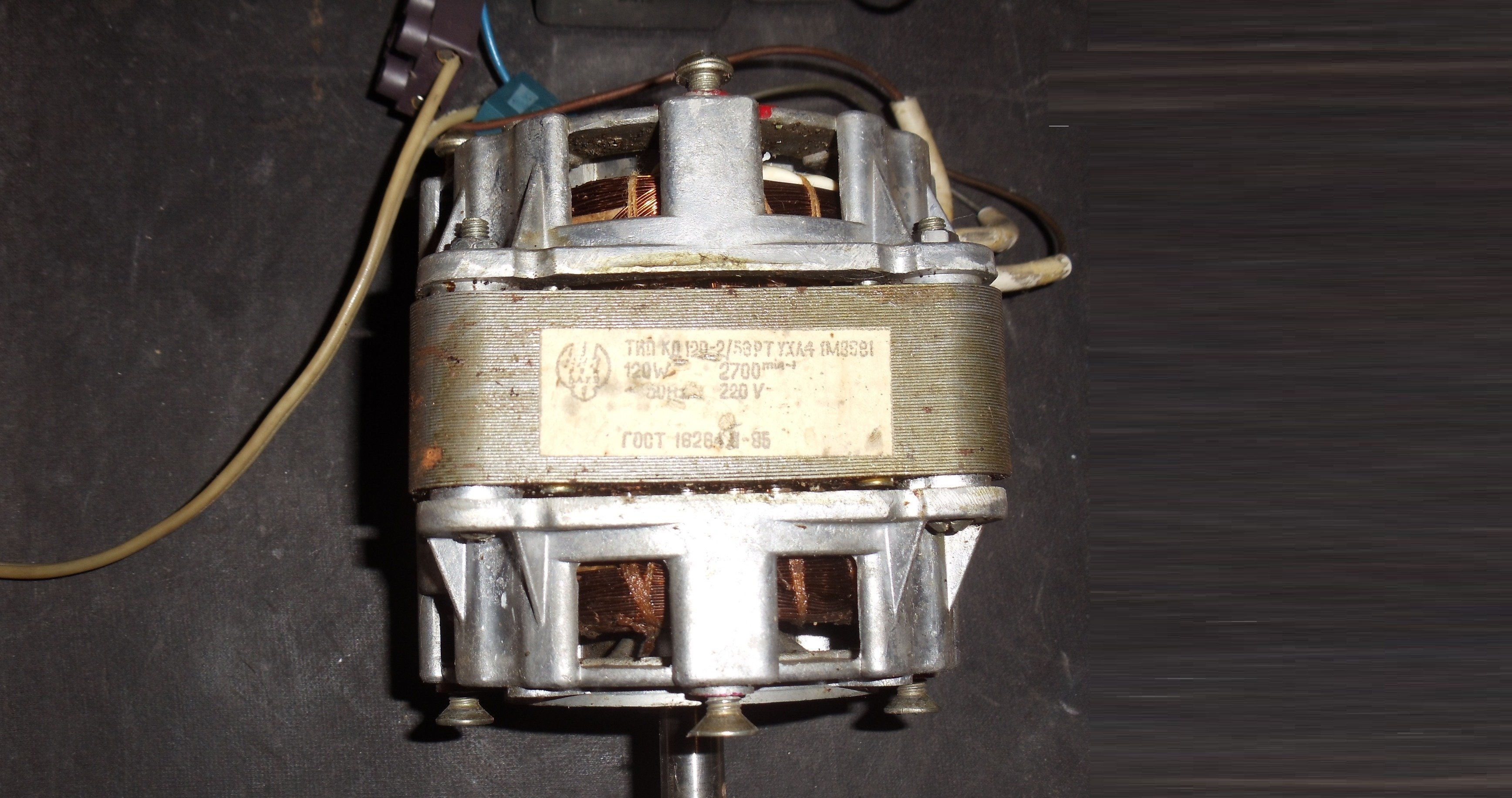
- no-load losses – no more than 200 W;
- short circuit loss – no more than 700 W;
- shaft diameter – 14 mm;
- efficiency factor – 40-45%;
- sound level – 48 dB;
- weight – 4.8 kg.
Electric motors KD 120 on Malyutka washing machines accelerate to a maximum of 2650-3270 rpm.
An important indicator is the ratio of the maximum torque to the nominal one, which on the KD 120 is 2.67. The minimum ratio is 1.54. One cycle on the motor lasts 6 minutes.Of these, 15 seconds are spent on a short circuit, 3 minutes 45 seconds on working with the rated load, and 2 minutes on a pause. The shaft rotates clockwise.
As for safety, the KD 120 engines:
- have a degree of protection IP10;
- cooled according to the 1C01 method;
- manufactured with insulation of heat resistance class B;
- have a maximum permissible excess of windings of 75-80 degrees;
- protected from overheating by the presence of an electrothermal relay.
The average service life of such engines reaches 15 years. The manufacturer provides a warranty of 2.5 years from the date of sale of the motor through the retail network. It is worth understanding that the engines must be protected from accidental contact with the contacts and from moisture getting inside the housing. Otherwise, a short circuit will occur, followed by burnout of the winding or irreparable breakdown of the mechanisms.
How to use an old engine?
The electric motor from the KD 120 washing machine is considered extremely reliable. With an average service life of 10-15 years, it often “outlasts” the equipment itself. There is no need to throw away a working engine along with the washing machine - it is better to make something useful in everyday life out of it. For example, a mobile sharpening machine.
The first step is to make sure the old motor is working. First, disconnect the motor housing from the main tank of the washing machine and place it on a flat, dry surface. Afterwards, we unscrew the bolts from the mounting disk with a screwdriver and free the engine from the plastic “shell”. Then we connect to the power supply and start the device. If the engine is running, then we proceed to making the sharpener.
To make a sharpener from the engine of a Malyutka washing machine, you will also need a sheet of metal, plywood, self-tapping screws, a power cord and an abrasive disc.
The instructions are as follows:
- Screw wooden blocks onto the lower part of the original motor housing (to fix the device on the table);
- connect the power cord with plug to the motor;
- insert the motor into the housing;
- cut a circle from sheet metal and sand the edge;
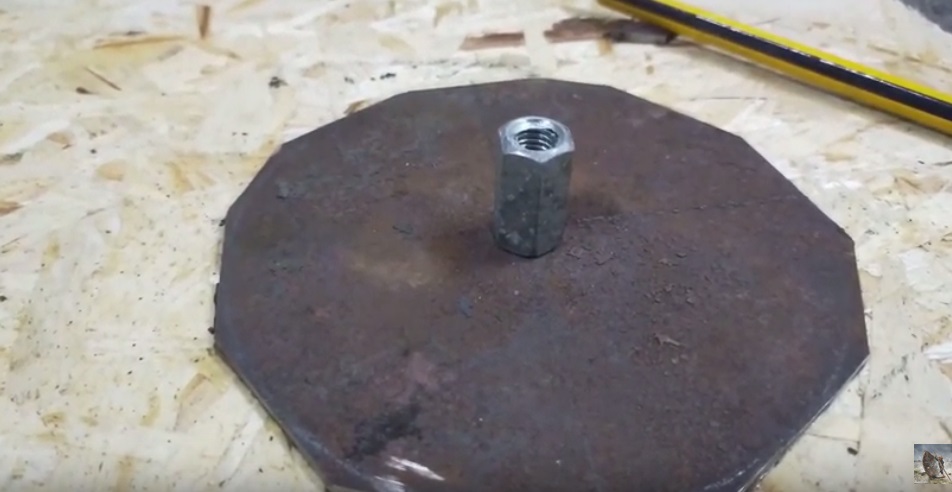
- secure the disc with a 20 mm nut;
- use a drill to drill 8 holes around the perimeter of the disk;
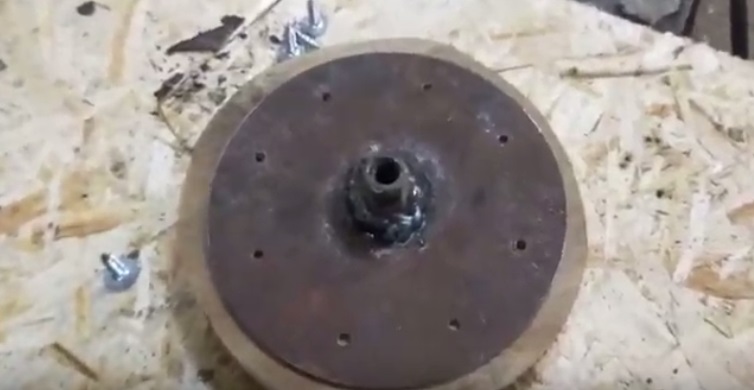
- cut a circle from plywood 12 mm thick, 2-3 cm larger than the metal disk;
- place the disk with the nut on the plywood circle and align them in the center;
- screw the screws into the drilled holes;

- fix the resulting base for the sharpener on the electric motor;
- glue an abrasive disc of suitable grain size onto the plywood;

- start the sharpener.
You can go further and improve the design: replace the old plastic case with a new one or paint it with colored paint. The main thing is to change abrasive discs on time and follow safety rules when operating the device.
Interesting:
2 reader comments
Add a comment Cancel reply
Categories
Washing machine repair


For buyers

For users

Dishwasher


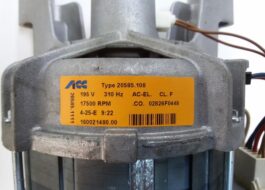
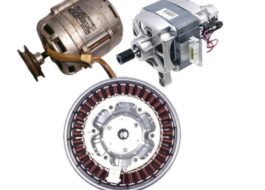

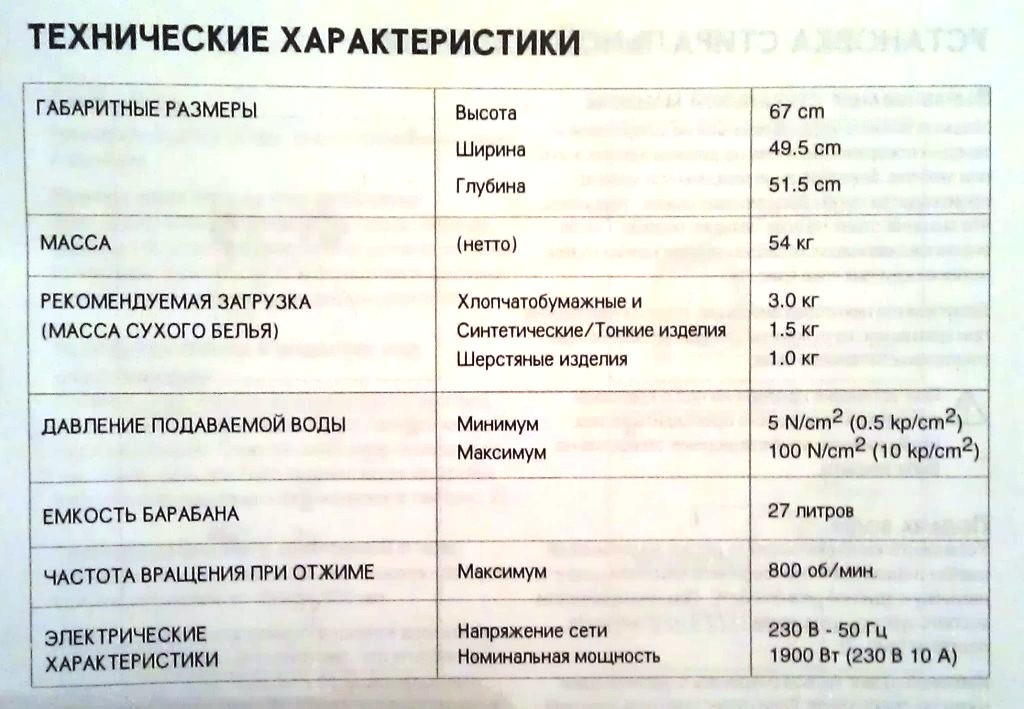
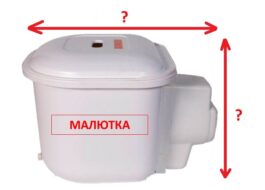










What is the diameter of the shaft near the impeller?
12 mm